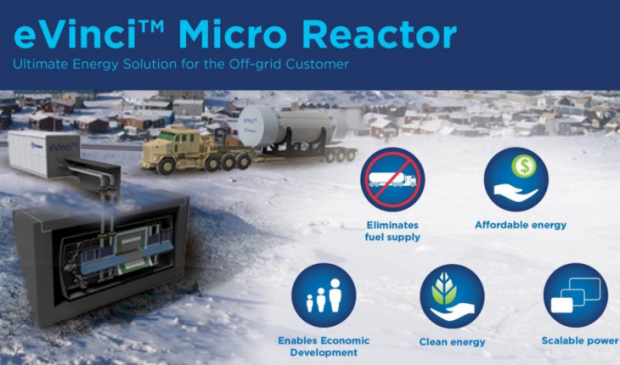
Breaking News
 2 Hours of Retro Sci-Fi Christmas Songs | Atomic-Age Christmas at a Snowy Ski Resort
2 Hours of Retro Sci-Fi Christmas Songs | Atomic-Age Christmas at a Snowy Ski Resort
 Alternative Ways to Buy Farmland
Alternative Ways to Buy Farmland
 LED lights are DEVASTATING our bodies, here's why | Redacted w Clayton Morris
LED lights are DEVASTATING our bodies, here's why | Redacted w Clayton Morris
Top Tech News
 Travel gadget promises to dry and iron your clothes – totally hands-free
Travel gadget promises to dry and iron your clothes – totally hands-free
 Perfect Aircrete, Kitchen Ingredients.
Perfect Aircrete, Kitchen Ingredients.
 Futuristic pixel-raising display lets you feel what's onscreen
Futuristic pixel-raising display lets you feel what's onscreen
 Cutting-Edge Facility Generates Pure Water and Hydrogen Fuel from Seawater for Mere Pennies
Cutting-Edge Facility Generates Pure Water and Hydrogen Fuel from Seawater for Mere Pennies
 This tiny dev board is packed with features for ambitious makers
This tiny dev board is packed with features for ambitious makers
 Scientists Discover Gel to Regrow Tooth Enamel
Scientists Discover Gel to Regrow Tooth Enamel
 Vitamin C and Dandelion Root Killing Cancer Cells -- as Former CDC Director Calls for COVID-19...
Vitamin C and Dandelion Root Killing Cancer Cells -- as Former CDC Director Calls for COVID-19...
 Galactic Brain: US firm plans space-based data centers, power grid to challenge China
Galactic Brain: US firm plans space-based data centers, power grid to challenge China
 A microbial cleanup for glyphosate just earned a patent. Here's why that matters
A microbial cleanup for glyphosate just earned a patent. Here's why that matters
 Japan Breaks Internet Speed Record with 5 Million Times Faster Data Transfer
Japan Breaks Internet Speed Record with 5 Million Times Faster Data Transfer
Canada begins SMR strategy roadmap

The road mapping process, which is part of NRCan's Energy Innovation Program, was announced on 22 February by Parliamentary Secretary Kim Rudd on behalf of Minister of Natural Resources Jim Carr. Driven by interested provincial and territorial governments and energy utilities, the exercise will be delivered by the Canadian Nuclear Association. It will engage stakeholders to better understand their views on priorities and challenges related to the possible development and deployment of SMRs in Canada.
Participation in the roadmap will eventually expand to include all "essential enabling partners" including manufacturers, researchers, waste management organizations and the national nuclear regulator, the Canadian Nuclear Safety Commission (CNSC).
According to NRCan, the roadmap aims to foster innovation and establish a long-term vision for the industry, as well as to assess the characteristics of different SMR technologies and their alignment with Canadian requirements and priorities.

 $100 SILVER CONFIRMED?
$100 SILVER CONFIRMED?

